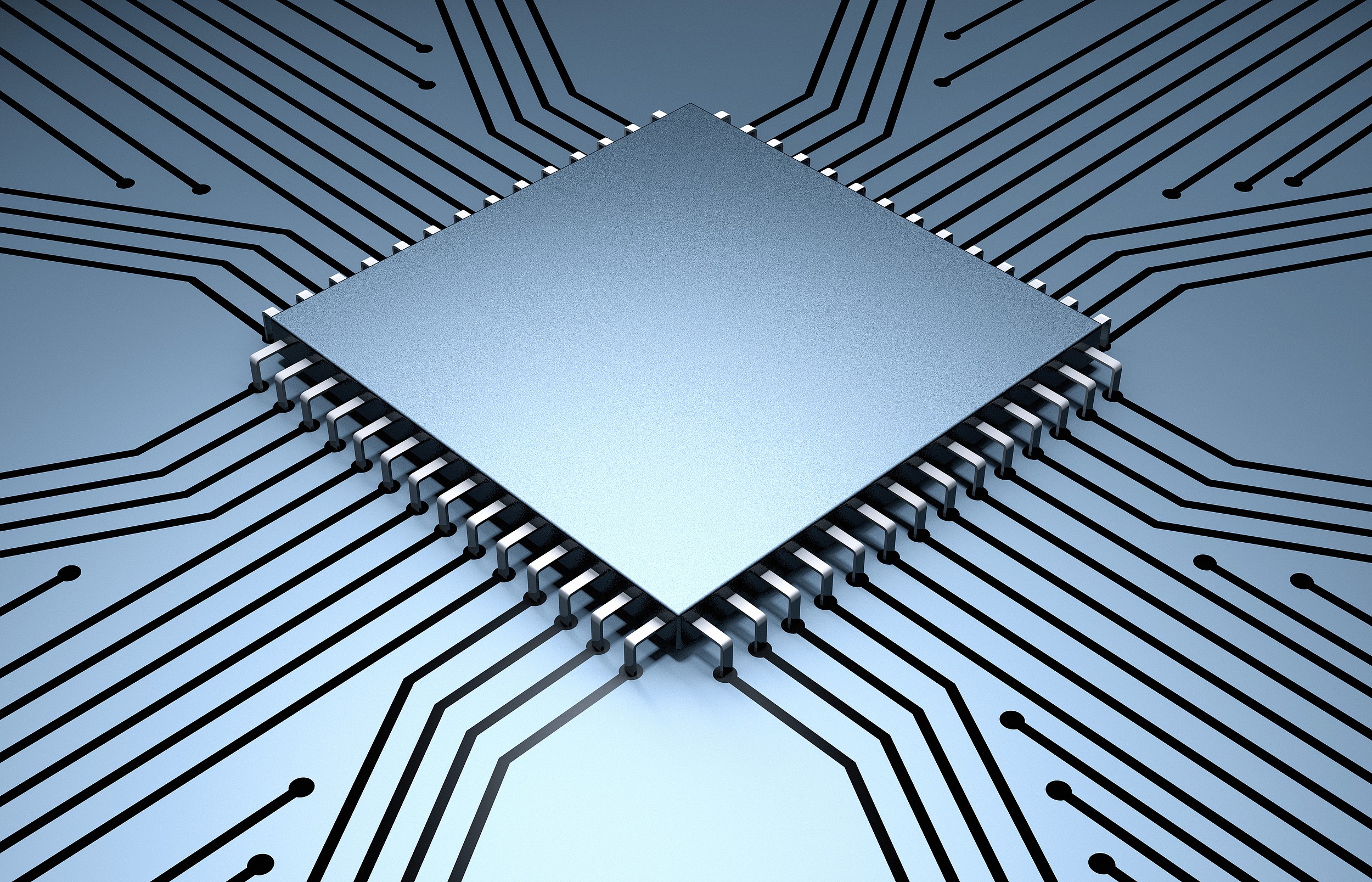


Showerheads, as critical components in Plasma-Enhanced Chemical Vapor Deposition (PECVD) processes, fundamentally determine the uniformity of film deposition, process stability, and equipment lifespan. This article analyzes the technical functions of showerheads within PECVD processes from the perspective of their core roles and explores future challenges and solutions in light of industry trends.
PECVD Showerhead: The Core of Thin-Film Deposition Uniformity and Performance
As semiconductor devices evolve toward smaller feature sizes and higher integration densities, the uniformity and stability of film deposition processes have emerged as pivotal factors constraining chip performance. PECVD technology, renowned for its low-temperature deposition, high deposition rates, and exceptional film quality, stands as a mainstream process in semiconductor manufacturing. Showerheads, as the core components of PECVD reaction chambers, play a decisive role in gas distribution, plasma uniformity, and temperature control, thereby influencing the electrical and mechanical properties of deposited films.
Core Role of Showerheads in PECVD Processes
1.Gas Uniform Distribution and Film Uniformity
Showerheads disperse reactive gases evenly across the substrate surface via their micro-orifice structures, preventing localized oversaturation or uneven deposition caused by direct gas impingement. Research indicates that the aperture distribution and spacing of showerhead orifices account for over 70% of the variability in film thickness uniformity (Reference 1). For instance, during SiO₂ film deposition, uneven aperture sizes can lead to thickness deviations exceeding 10%, severely compromising device performance.
Optimization Directions:
· Laser Drilling Technology: Enable micro-orifice machining with apertures <0.1 mm.
· Computational Fluid Dynamics (CFD) Simulations: Optimize orifice spacing and gas flow patterns.
2.Plasma Coupling and Energy Transfer
Showerheads typically function as part of the radio-frequency (RF) electrode, forming a capacitive coupling with the substrate to generate uniform plasma. The uniformity of the plasma directly influences the density and stoichiometry of the deposited film. For example, during the deposition of high-κ dielectric materials (such as HfO₂), uneven plasma energy distribution can lead to increased leakage currents in the film (Reference 2).
Technical Challenges:
· Interactions between the plasma and showerhead materials may cause material erosion or particle shedding.
· Surface temperature gradients on the showerhead under high-power densities can induce plasma instability.
Solutions:
· Employ corrosion-resistant materials (e.g., SiC, AlN) and optimize surface coatings.
· Integrate cooling channels and implement closed-loop temperature control using sensors.
3.Temperature Control and Process Stability
The design of internal cooling channels within the showerhead directly influences the uniformity of reaction temperatures. For instance, during the deposition of SiNₓ films, temperature fluctuations exceeding 5°C can lead to increased film stress, potentially causing cracking (Reference 3).
Design Considerations:
· Cooling channel layouts must be co-optimized with gas flow paths.
· High thermal conductivity materials (e.g., diamond coatings) should be employed to enhance heat transfer efficiency.
Future Challenges in Showerhead Technology
3.Uniformity Requirements for 3D Nanostructure Deposition
The proliferation of 3D NAND flash memory and FinFET devices necessitates film deposition that adapts to complex 3D structures. Traditional showerhead designs struggle to achieve uniform deposition on sidewalls and tops, leading to degraded device performance.
Solutions:
· Develop multi-zone showerheads for independent gas control in different regions.
· Integrate atomic layer deposition (ALD) technology to achieve atomic-scale precision in deposition.
Process Compatibility for Advanced Material Deposition
Emerging materials (e.g., 2D materials, perovskites) are highly sensitive to process conditions. For instance, the deposition of 2D materials (e.g., MoS₂) requires ultra-low temperatures, which traditional showerhead designs struggle to meet.
Technical Bottlenecks:
· Compatibility between materials and showerhead materials (e.g., diffusion, reactions).
· Insufficient plasma activity at low temperatures, resulting in reduced deposition rates.
Breakthrough Directions:
· Develop novel showerhead materials (e.g., low-temperature superconducting materials).
· Combine with microwave plasma technology to enhance plasma activity at low temperatures.
Conclusion
The showerhead, as a core component of the PECVD (Plasma-Enhanced Chemical Vapor Deposition) process, directly determines the quality of thin-film deposition and process stability. In the future, as semiconductor manufacturing advances toward smaller feature sizes, higher integration densities, and 3D structures, showerhead technology must achieve continuous breakthroughs in uniformity, process compatibility, and intelligence. Through material innovation, structural optimization, and intelligent control, showerhead technology will further push the boundaries of PECVD processes, providing critical support for the fabrication of next-generation semiconductor devices.
AMTD provides high-precision Showerhead services for core components, with products mainly including Showerhead, Faceplate, Blocker Plate, Top Plate, Shield, Liner, Pumping Ring, Edge Ring, and other core components of semiconductor equipment. These products are widely used in the semiconductor, display panel, and other fields, with excellent performance and high market recognition.
上一篇:Semiconductor Equipment Showerhead and Thin Film Deposition Technology
下一篇:Functions of Semiconductor Coatings